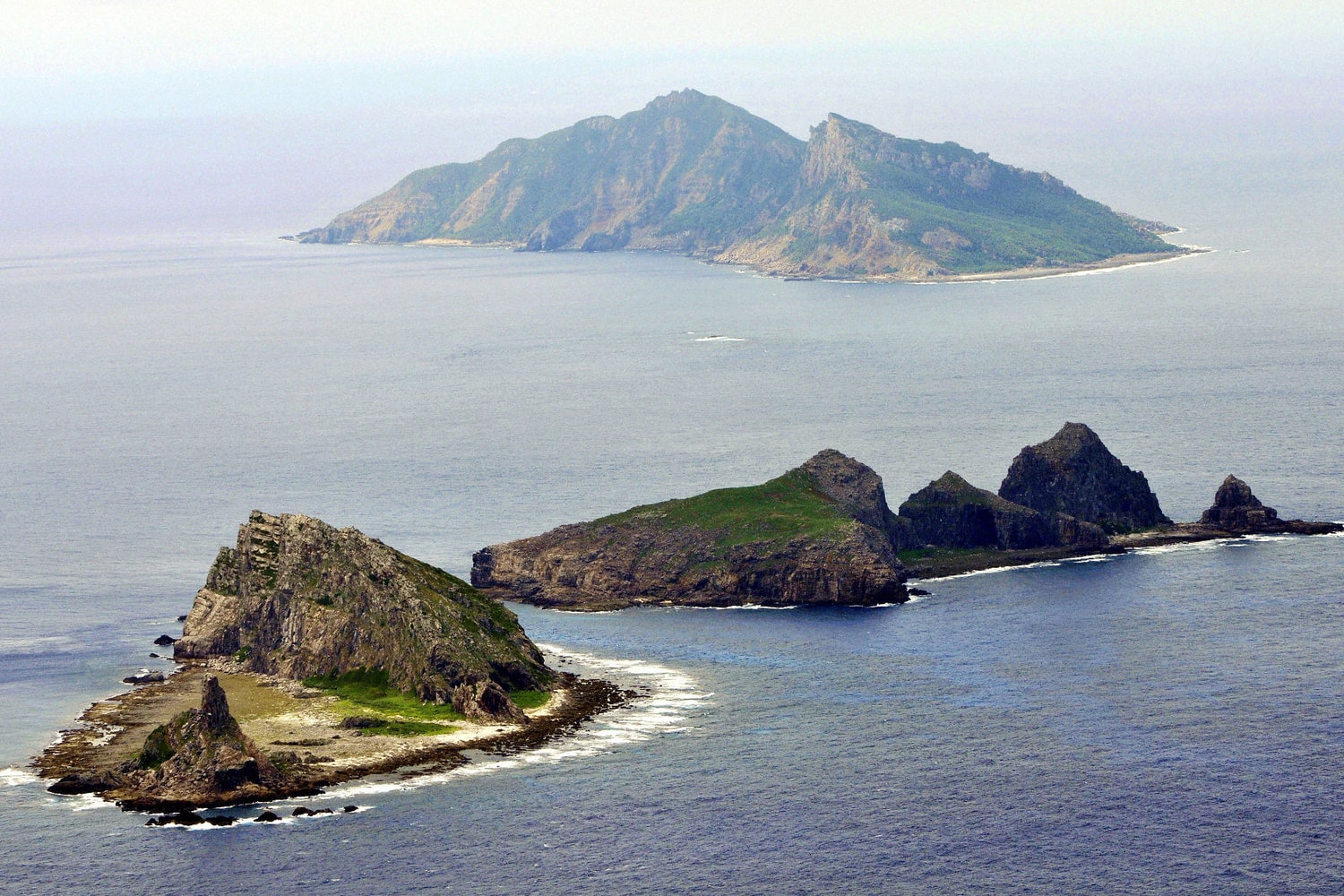The East China Sea is one of the most strategically significant, resource-rich, and geopolitically complex seas in the Asia-Pacific region. It plays a key role not only in marine ecosystems but also in global politics and economics. You might not know that this sea is not only the subject of numerous international disputes but also a habitat of exceptional biodiversity. These fascinating facts about the East China Sea reveal a unique blend of nature, science, history, and geopolitical dynamics. Below is a collection of the most interesting and lesser-known facts about this remarkable body of water.
- The East China Sea is part of the Pacific Ocean and lies between the eastern coast of China, the Ryukyu Islands, Taiwan, and the Korean Peninsula. It covers an area of approximately 1,250,000 square kilometers, making it one of the largest marginal seas in the world.
- The average depth of the East China Sea is only around 350 meters, which makes it relatively shallow. However, in the southern part near the continental slope, the depth can exceed 2,000 meters.
- One of Asia’s greatest rivers, the Yangtze, flows into the East China Sea. Its waters carry massive amounts of silt into the sea, creating fertile shelf regions rich in marine life.
- This sea is home to thousands of marine species, including rare fish, corals, mollusks, and marine mammals. It hosts over 3,000 species, making it one of the most biodiverse marine areas in the world.
- The East China Sea is one of Asia’s most productive fishing zones. Tuna, mackerel, squid, shrimp, and many other species are harvested here, providing livelihoods for millions of people.
- The sea holds great strategic value due to the major shipping routes that pass through it. Around one-third of the world’s maritime trade passes through the East China Sea.
- Beneath the seabed lie rich reserves of oil and natural gas, attracting interest from various nations. Offshore deposits boost the economic ambitions of coastal countries with access to the sea.
- The East China Sea is a hotspot for geopolitical tensions, especially between China, Japan, Taiwan, and South Korea. Disputes focus primarily on exclusive economic zone rights and control over disputed islands.
- The most well-known disputed archipelago is the Diaoyu Islands (Senkaku), which are administered by Japan but claimed by both China and Taiwan. These islands are strategically located and surrounded by potentially resource-rich waters.
- Typhoons frequently pass through the East China Sea, particularly during the summer and autumn months. These storms pose serious threats to shipping, coastal communities, and marine ecosystems.
- The sea has a long history of navigation, trade, and cultural exchange. As early as the Tang and Ming dynasties, Chinese merchant ships crossed the sea, transporting silk, tea, porcelain, and other goods.
- Scientists study the East China Sea as a region prone to tsunamis due to tectonic activity. The boundary between the Eurasian and Philippine tectonic plates lies beneath the sea, making undersea earthquakes common.
- The East China Sea is often seen as an extension of the Yellow Sea, though they differ hydrologically. The Yellow Sea is shallower and more silt-laden, while the East China Sea is deeper and more open.
- The water in the East China Sea has moderate salinity and exhibits strong seasonal circulation. In winter, the water cools and sinks, while in summer it warms up to around 29 degrees Celsius.
- Coral reefs near the Ryukyu Islands are among the sea’s unique natural features. These reefs support numerous marine species and protect shorelines from erosion.
- The ecological condition of the sea is problematic due to pollution from industry, shipping, and overfishing. Major coastal cities like Shanghai, Nagasaki, and Busan discharge large volumes of waste into the sea.
- The East China Sea is the subject of extensive scientific research in climatology, oceanography, biology, and geophysics. Studies of the region help us better understand monsoons, sea level changes, and the effects of global warming.
- In some areas, marine tourism is developing, including diving and wildlife observation. However, political instability and territorial disputes often hinder the growth of this sector.
- In Chinese culture, the East China Sea appears in many myths and folktales. It is associated with dragons, water spirits, and magical islands symbolizing immortality and the power of nature.
- The sea’s water resources play an important role in irrigation and freshwater supply for coastal regions. In densely populated areas, desalination of seawater is widely used to meet local needs.
These interesting facts about the East China Sea allow for a deeper understanding of its vital role in global ecology, economy, and politics. You might not have known that this marine area combines unique natural features, ancient cultural heritage, and modern-day geopolitical challenges. The fascinating information about this sea reveals just how complex and captivating a single part of the world ocean can be. The East China Sea truly deserves attention as a reservoir of knowledge for anyone interested in nature and global processes.





